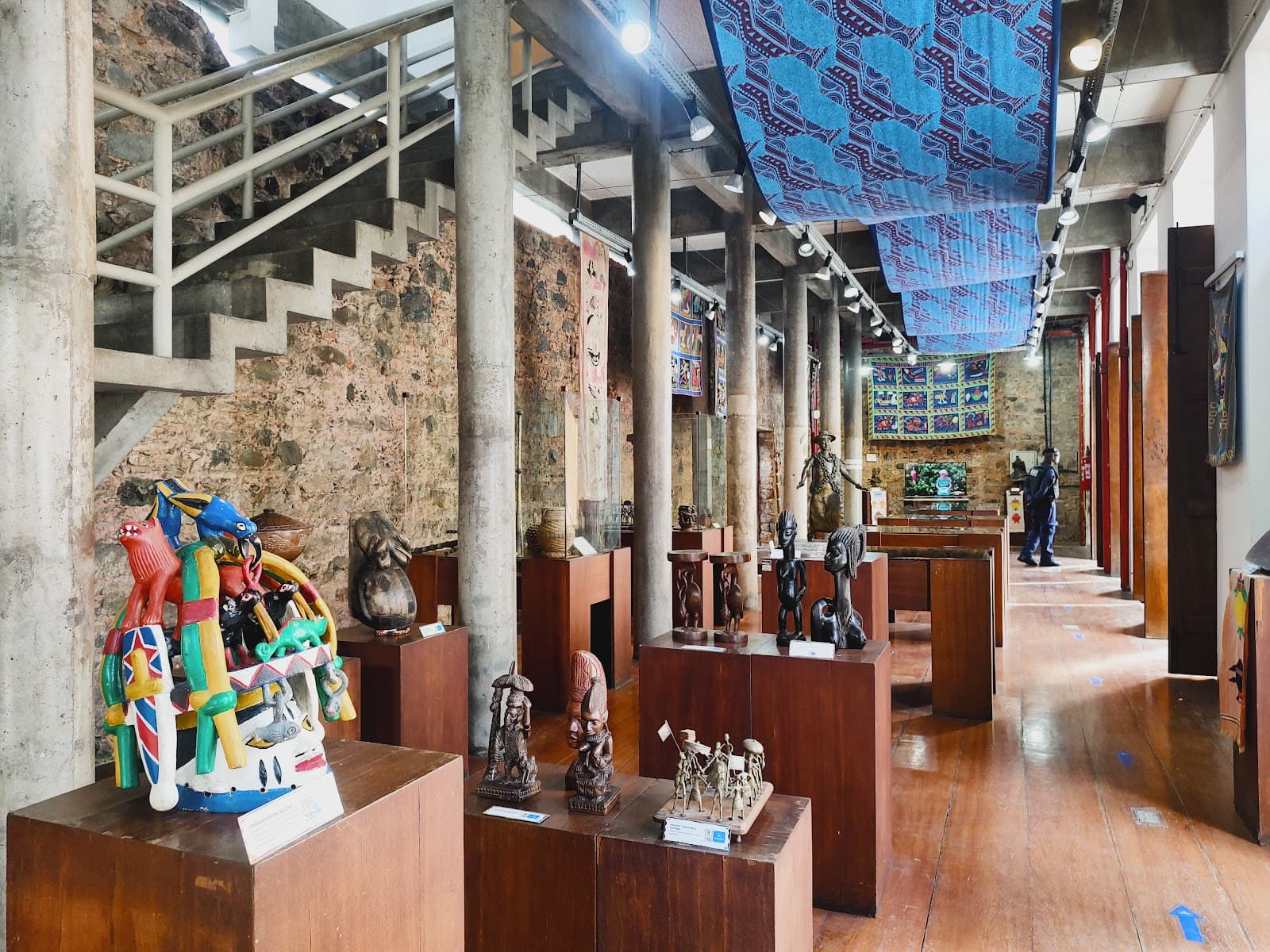
Casa do Benin
Casa do Benin celebrates the profound cultural and historical links between Bahia and Benin, showcasing artifacts and stories of West African heritage...

Highlights
Must-see attractions

Social
From TikTok & Reddit
Best Time
Fewer crowds, more reflection

Casa do Benin
Best Time
Fewer crowds, more reflection

Highlights
Must-see attractions
Casa do Benin celebrates the profound cultural and historical links between Bahia and Benin, showcasing artifacts and stories of West African heritage.
"A small, but dense museum highlighting the people of Benin who where forcibly brought to Salvador/Bahia as slaves."
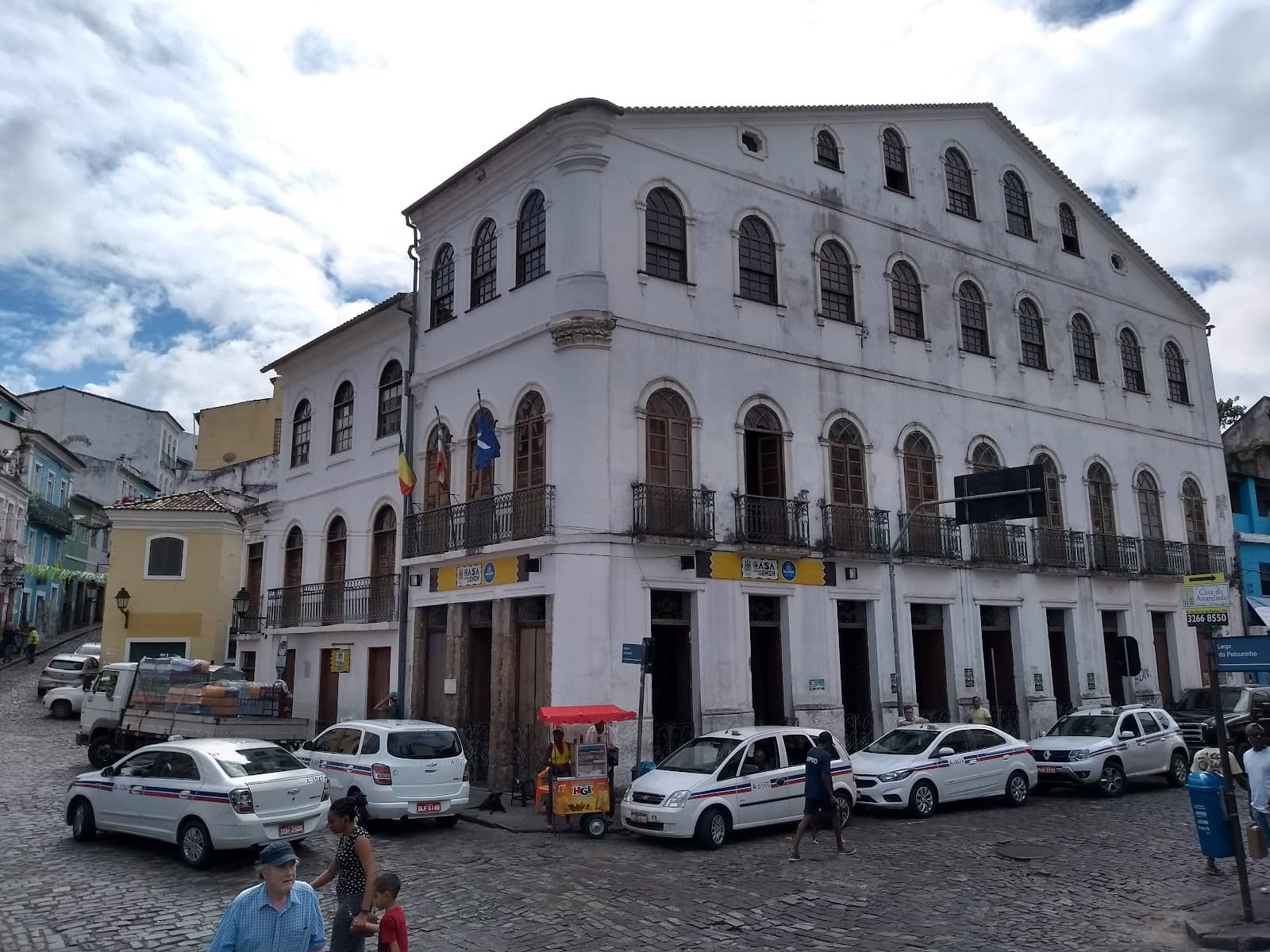
Allocate Enough Time
This museum is small but dense; allow ample time to absorb the rich history and artifacts. :clock1:
Explore Pelourinho
Casa do Benin is in the heart of Pelourinho, so plan to explore the surrounding historic district. :world_map:
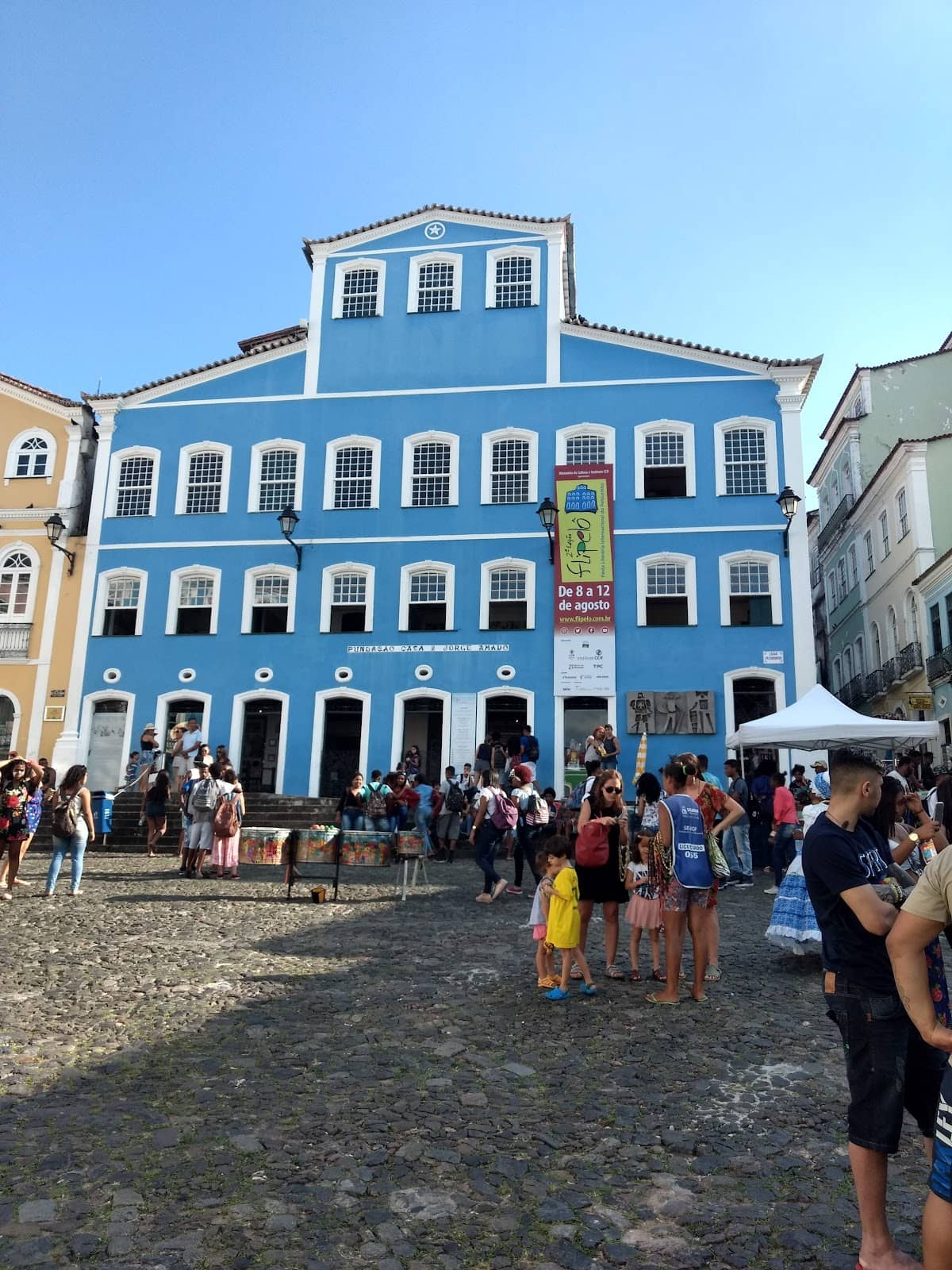
Highlights
Discover the most iconic attractions and experiences

Beninese Artifacts
Discover a rich collection of objects showcasing the vibrant culture and artistry of Benin.
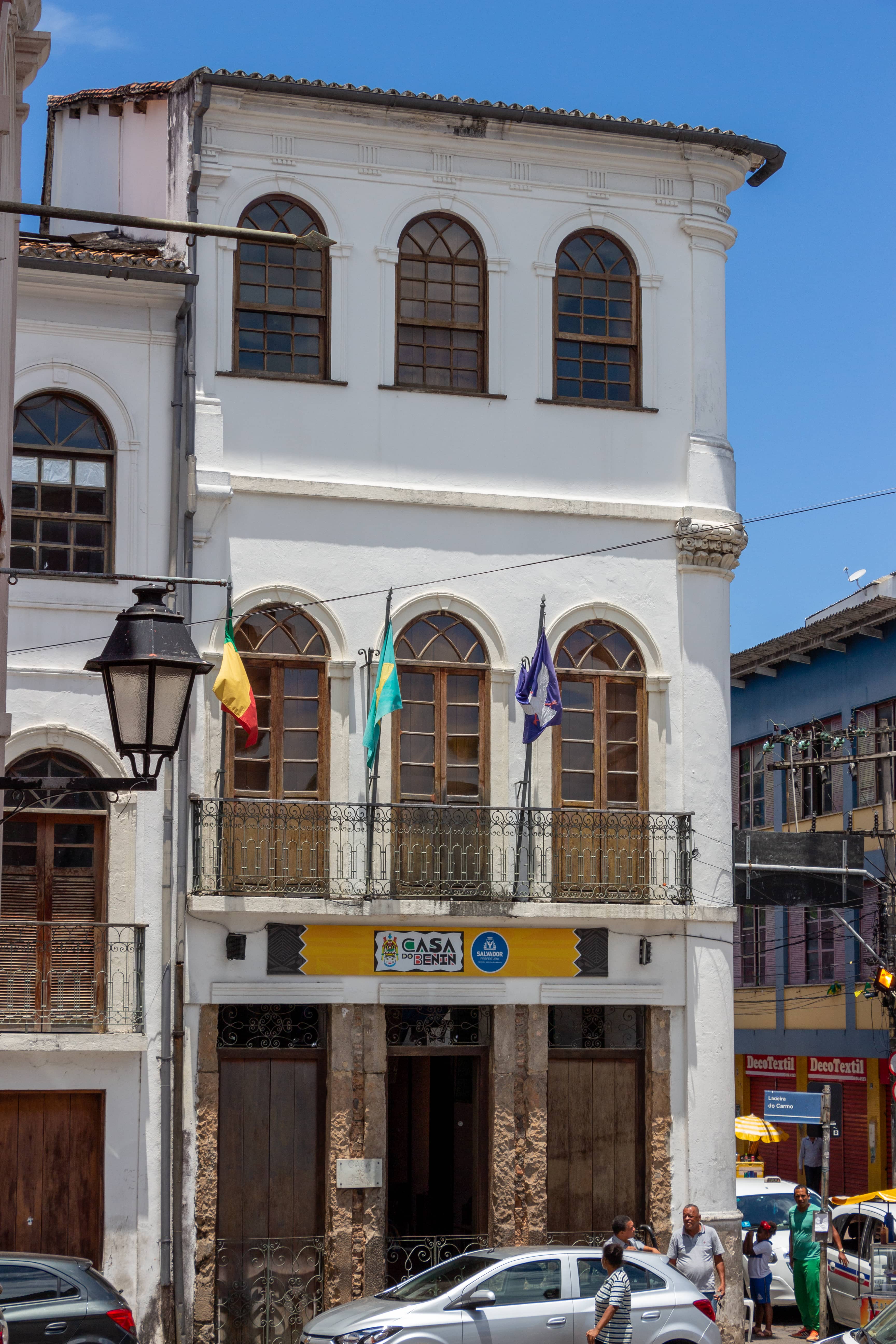
Historical Photographs
Immerse yourself in powerful images that tell the story of Benin and its people.

Cultural Exchange Exhibits
Explore exhibits detailing the deep historical links between Benin and Bahia.
Plans like a pro.
Thinks like you
Planning Your Visit
Understand the Connection
Location and Context
Best Times
Insider Tips
from TikTok, Instagram & Reddit
Allocate Enough Time
This museum is small but dense; allow ample time to absorb the rich history and artifacts. :clock1:
Explore Pelourinho
Casa do Benin is in the heart of Pelourinho, so plan to explore the surrounding historic district. :world_map:
Appreciate the Artistry
Notice the vibrant colors and intricate details in the fabric displays and other artifacts. :art:
Tips
from all over the internet
Allocate Enough Time
This museum is small but dense; allow ample time to absorb the rich history and artifacts. :clock1:
Explore Pelourinho
Casa do Benin is in the heart of Pelourinho, so plan to explore the surrounding historic district. :world_map:
Appreciate the Artistry
Notice the vibrant colors and intricate details in the fabric displays and other artifacts. :art:
What Travellers Say
Reviews Summary
Visitors consistently praise Casa do Benin for its 'dense' and 'rich' collection of artifacts and photographs, highlighting its importance in showcasing the cultural heritage of Benin and its deep ties to Bahia. Many find the museum to be a 'beautiful' and 'stunning' experience that offers valuable historical insights. While small, its impact is significant for those interested in African diaspora history.
"A small, but dense museum highlighting the people of Benin who where forcibly brought to Salvador/Bahia as slaves. There are many objects from Benin culture that help us understand the rich cultures. Definitely worth the trip if you are visiting Pelorinho area or Salvador!"
Ken G
"Casa do Benin is a fantastic museum of artifacts and pictures of the Benin country from which many enslaved Africans arrived in Salvador, Bahia. This museum is all about Benin, not Brazil. I loved walking through the pictures as fabric. They floated in the breeze, making the colors vibrant and energy very light. This is a very good place to visit!"
Howard Tucker
"Beautiful experience, collections from west Africa to remind me of home"
Tosin Fabusuyi
What People Like
What People Dislike
Frequently Asked Questions
🚇 🗺️ Getting There
Casa do Benin is located in the historic Pelourinho district of Salvador. You can reach it by taxi, ride-sharing services, or by walking if you are already exploring the area. Public buses also serve the general Pelourinho vicinity, but walking is often the most convenient way to navigate the narrow, charming streets once you're nearby.
Parking in the Pelourinho area can be challenging due to its historic and pedestrian-friendly nature. It's advisable to use ride-sharing services or taxis, or to park in a designated public parking lot on the outskirts of the historic center and walk the rest of the way.
🎫 🎫 Tickets & Entry
Opening hours can vary, so it's always best to check the museum's official website or social media pages for the most up-to-date information before your visit. Generally, it's open during typical daytime museum hours on weekdays and sometimes weekends.
Admission fees are typically modest, reflecting the museum's size and focus. Check their official channels for current pricing. Many visitors find the entrance fee to be very reasonable for the cultural insights gained.
For a small museum like Casa do Benin, advance booking is usually not required. However, if you are visiting during peak tourist season or a special event, it might be worth checking if pre-booking is recommended to avoid disappointment.
🎫 🏛️ Onsite Experience
Casa do Benin features a dense collection of artifacts, photographs, and art from Benin, West Africa. The exhibits highlight the cultural heritage of the Beninese people and their historical connections to Salvador, Bahia, offering a unique perspective on the transatlantic slave trade and cultural preservation.
Most visitors spend about 1 to 1.5 hours at Casa do Benin. The museum is not large, but the exhibits are rich with information and visual detail, encouraging thoughtful observation and reflection on the historical narratives presented.
While the museum's content is historically significant, the visual nature of the exhibits, particularly the fabric displays and photographs, can be engaging for older children. Parents should consider their children's age and interest level in history and culture.
Information on guided tours can vary. It's advisable to inquire directly with the museum upon arrival or check their website for details on whether guided tours are offered or if audio guides are available to enhance your understanding of the exhibits.
📸 📸 Photography
Photography policies can differ. Typically, non-flash photography is permitted for personal use in many museums, but it's always best to look for signage or ask a staff member before taking pictures to ensure you comply with their regulations.
For Different Travelers
Tailored advice for your travel style
History Enthusiasts
This museum is a perfect complement to exploring the broader historical context of Salvador's Pelourinho district. It allows for a deeper understanding of the complex cultural tapestry woven by the forced migration of peoples. The 'dense' nature of the exhibits means you can spend a good amount of time absorbing the detailed narratives and appreciating the significance of each piece.
Cultural Explorers
Visitors often describe the experience as 'beautiful' and 'stunning,' highlighting the emotional impact of seeing these connections brought to life. It’s an opportunity to appreciate the artistry, traditions, and enduring spirit of the Beninese people, making it an enriching stop for anyone interested in global cultures and their diaspora.
Deep Dives
In-depth insights and expert knowledge
The Historical Significance of Casa do Benin
Visitors often remark on the 'dense' and 'rich' nature of the collections, noting how the exhibits offer a powerful reminder of the resilience and cultural vibrancy of these communities. The displays are designed to educate and evoke a sense of connection, allowing visitors to appreciate the depth of cultural exchange that occurred despite the brutal circumstances of slavery. It's a place that encourages reflection on history and the lasting impact of these connections.
The museum's location in the heart of Pelourinho, a UNESCO World Heritage site, further emphasizes its importance. It stands as a vital cultural anchor, celebrating the African diaspora and offering a counter-narrative to historical accounts that often marginalized or erased these contributions. The 'beautiful experience' and 'stunning place' descriptions from visitors highlight the emotional and intellectual impact of engaging with this history.
Exploring the Collections: What to Look For
Beyond the textiles, the museum houses a variety of objects that speak to Benin's rich history and artistry. These can include religious items, tools, decorative pieces, and other everyday objects that offer a tangible link to the past. The historical photographs are another key element, providing powerful visual narratives of people, places, and customs, allowing visitors to connect with the human stories behind the artifacts.
Many reviewers highlight the museum's ability to evoke a sense of 'home' for those with West African heritage, underscoring the authenticity and emotional resonance of the exhibits. The 'dense' nature of the museum means that taking your time to examine each piece and read the accompanying information is highly recommended for a truly immersive experience.

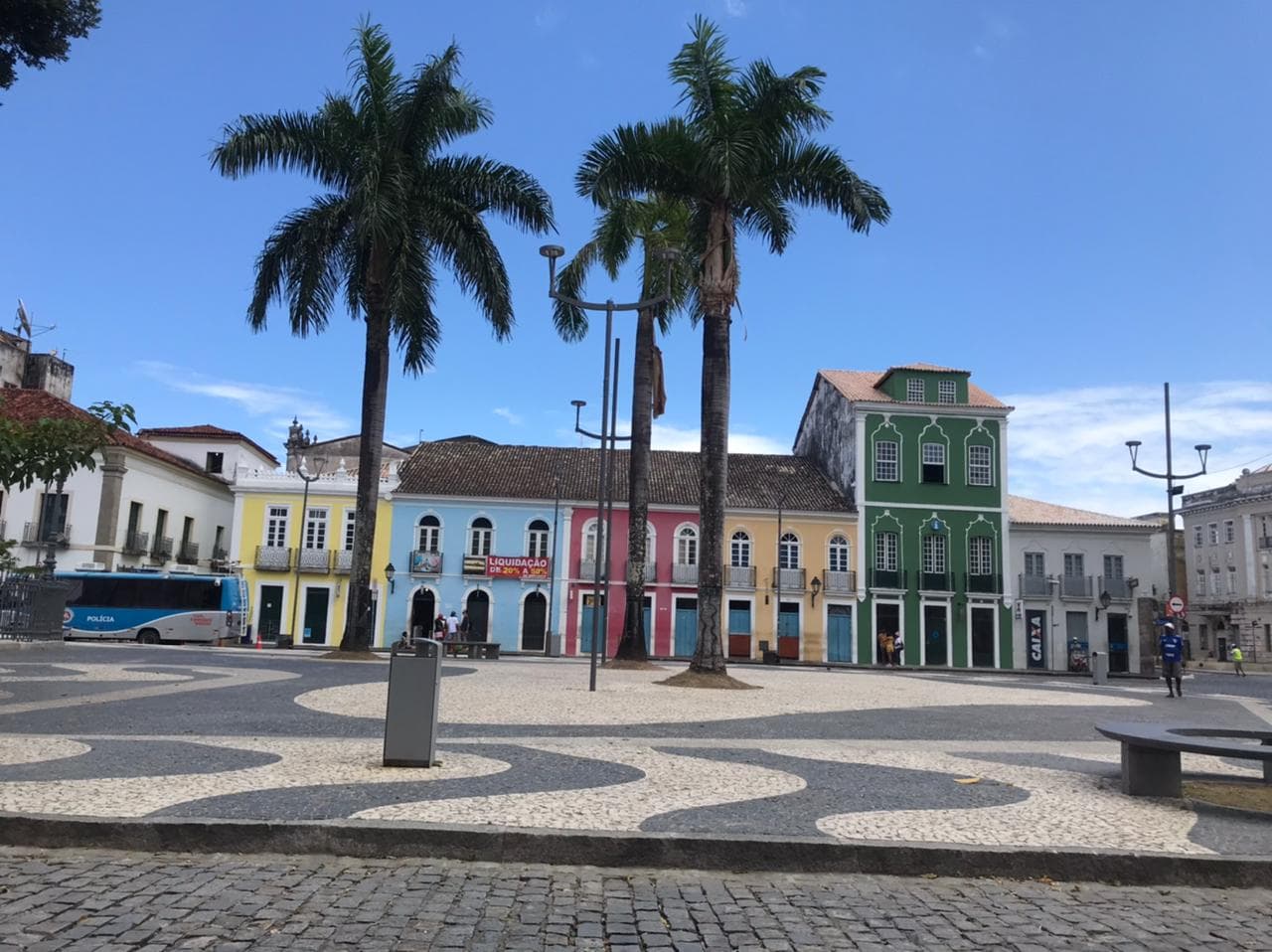

Social
from TikTok, Instagram & Reddit